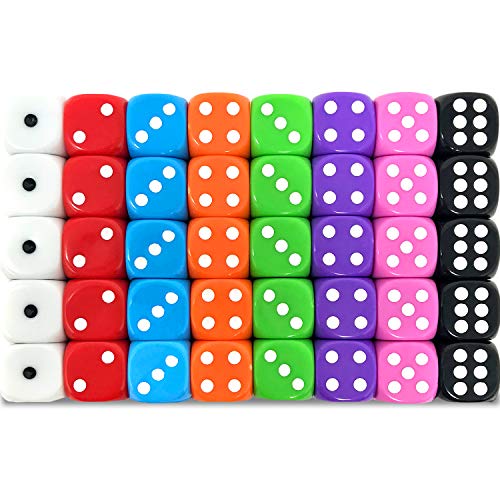The Science Behind the Production of Dice Shapes and Materials
Dice have been around for thousands of years, with the oldest known set found in Iran dating back to around 2800 BC. But have you ever stopped to think about the science behind the shapes and materials used in producing them? In this article, we will explore the history of dice, the different shapes and materials used, and the science behind their production.
The History of Dice
Dice have been used for a variety of purposes throughout history, from gambling to divination. In ancient times, dice were typically made from natural materials such as bone, ivory, or wood. It wasn’t until the 20th century that plastic became the most common material used in producing dice. Today, there are a wide variety of materials used, including metal, stone, and even glass.
The Different Shapes of Dice
Most people are familiar with the classic six-sided die, but there are actually many different shapes used in producing dice. These include four-sided, eight-sided, ten-sided, twelve-sided, and even twenty-sided dice. Each shape has its own unique properties that can affect how the die rolls and the outcome of the game.
The Science Behind Dice Production
The most important aspect of producing dice is ensuring that they are fair and balanced. The weight of the material used, the symmetry of the shape, and the precision of the manufacturing process all play a role in producing a fair die. Computer simulations are often used to test the randomness of the dice to ensure they are not weighted or biased in any way.
The Future of Dice Production
With advances in technology, it is possible that we will soon see new materials and shapes used in producing dice. 3D printing technology makes it possible to create custom dice shapes that were once too difficult or expensive to produce. It is also possible that we could see the integration of digital technology in dice, such as sensors that track the motion of the die and produce random outcomes in a virtual game.






